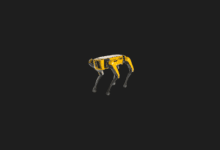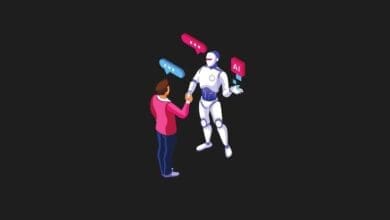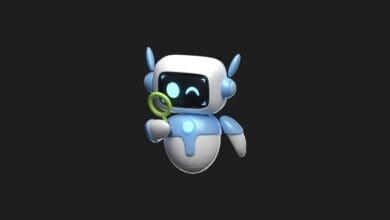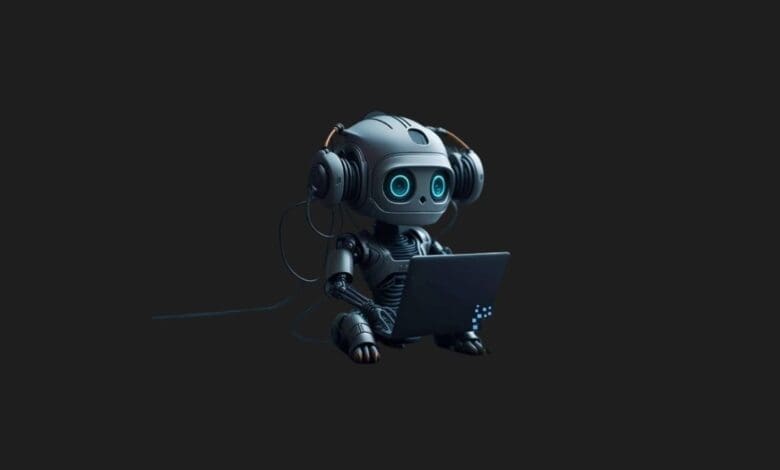
Politically, for as long as I can remember, there has been a persistent murmur that the working class is either disappearing due to various changes or is prophesied to disappear in the near future. Some even claim that it never existed. This narrative isn’t confined to my lifetime; it was prevalent even in the 1960s when robots started becoming common in industrial production. The belief was that robots, which etymologically mean “windlass,” would eliminate the working class.
Technological Advances and the Working Class
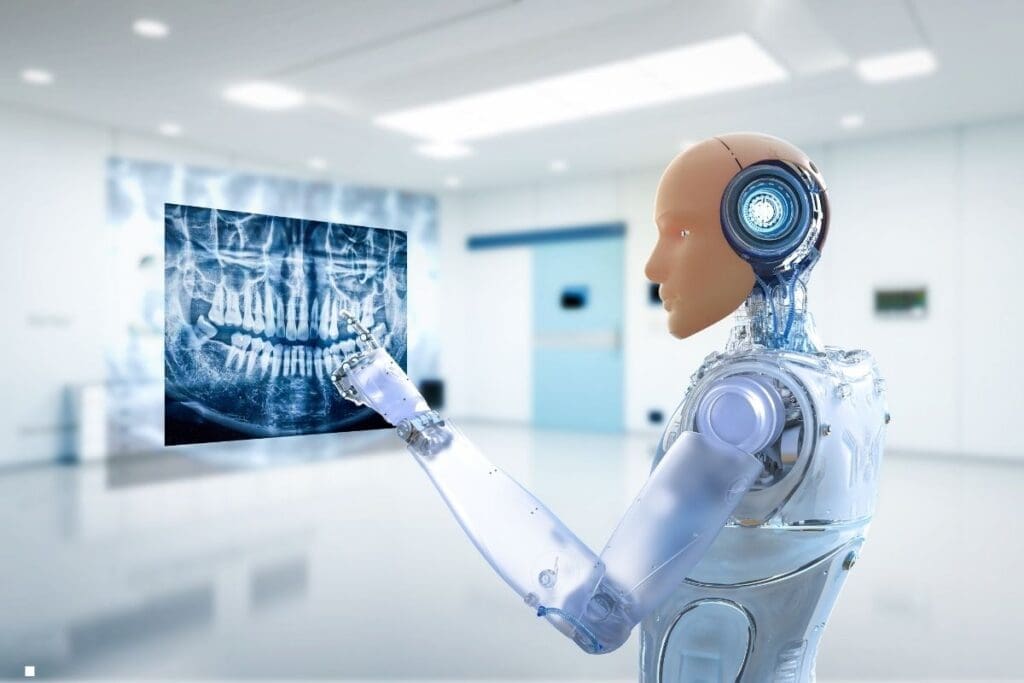
The core argument is that advancements in science and technology make it unnecessary for employers to hire workers, leading to the working class becoming superfluous and eventually disappearing. We’ll explore the potential realization of this prophecy, but first, let’s examine the current state of the debate, particularly focusing on AI.
Misconceptions About the Working Class
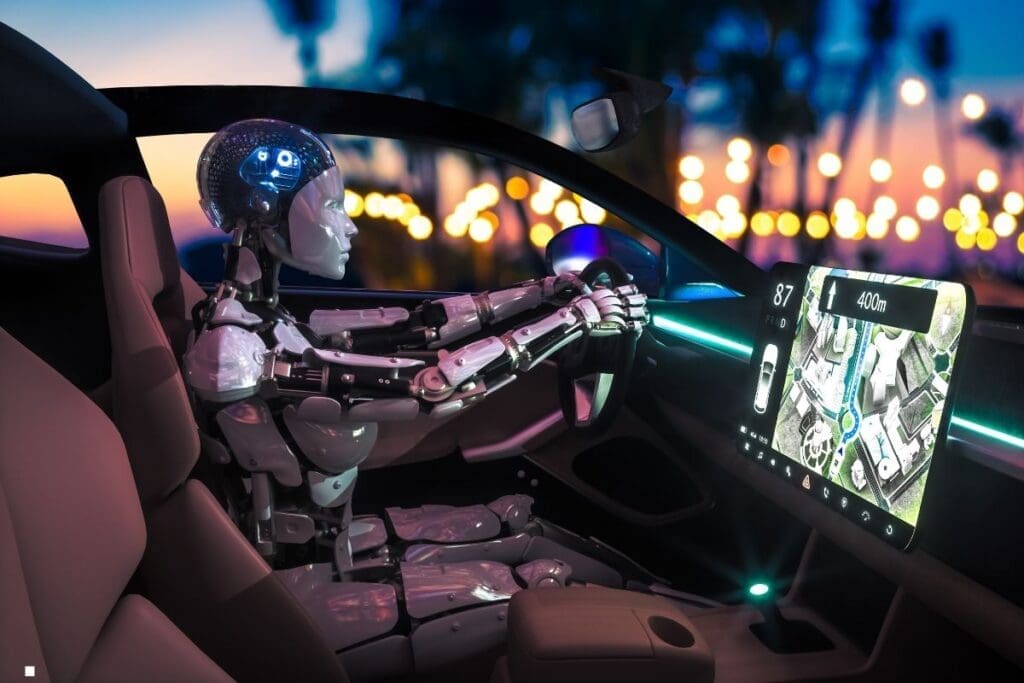
A significant portion of those claiming the working class no longer exists are shallow enough to only recognize an industrial worker when they see one in overalls, hard hat, muscles, and preferably a mustache straight out of 1970s posters. This view, which equates “work” solely with physical labor, is overly simplistic. Every rational person knows that a call center employee or bank teller is also a worker.
Despite all the robotization and automation, industrial labor hasn’t disappeared over the past decades. In fact, its share of employment worldwide has grown. The radical change has been the decline in agricultural employment and the rise in the service sectors. Consequently, the working class has become more urbanized, and the white-collar segment has expanded.
The Global Shift in Industrial Employment

Another important change is that industrial employment has proportionally declined slightly in wealthy countries but has significantly increased in countries attracting foreign investment with low wages, such as China and India. The liberal intelligentsia of imperialist western countries were eager to declare “Farewell Proletariat” when they did not see workers in overalls around. This narrative was often a deceptive message aligned with their engagements.
In countries like ours, local liberals parroted this narrative without examining the data. If they had, they would see that the share of industry in employment has risen by more than 7 percent since 1991.
The Rise of the “Precariat”
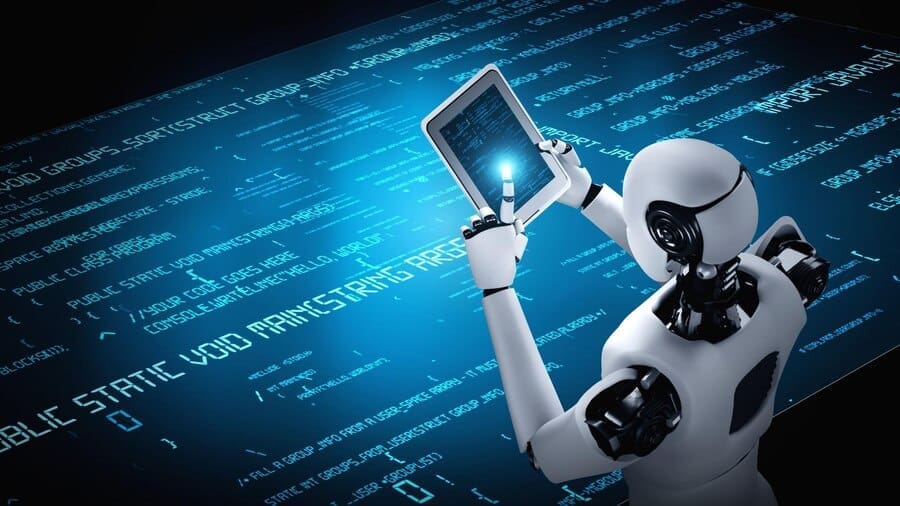
More level-headed individuals recognized that blue-collar workers were excluded from metropolises, but white-collar workers couldn’t be. Initially, they tried to label it the “New Middle Class.” However, as wages were cut in every economic crisis, this narrative failed. They then adopted the concept of the “precariat.”
This literate darkness, attempting to subtly and persuasively expel the working class from the ideological realm, has now found a new savior in artificial intelligence. With the advent of AI, it seemed the thinking part of the working class could now be replaced by machines. This would allow white-collar labor to follow blue-collar labor to suburbs, provincial cities, or South Asia. The metropolis could then become a gentrified utopia for the rich and their adjacent middle class, with those who serve them on the periphery.
The Reality of Mechanization and AI
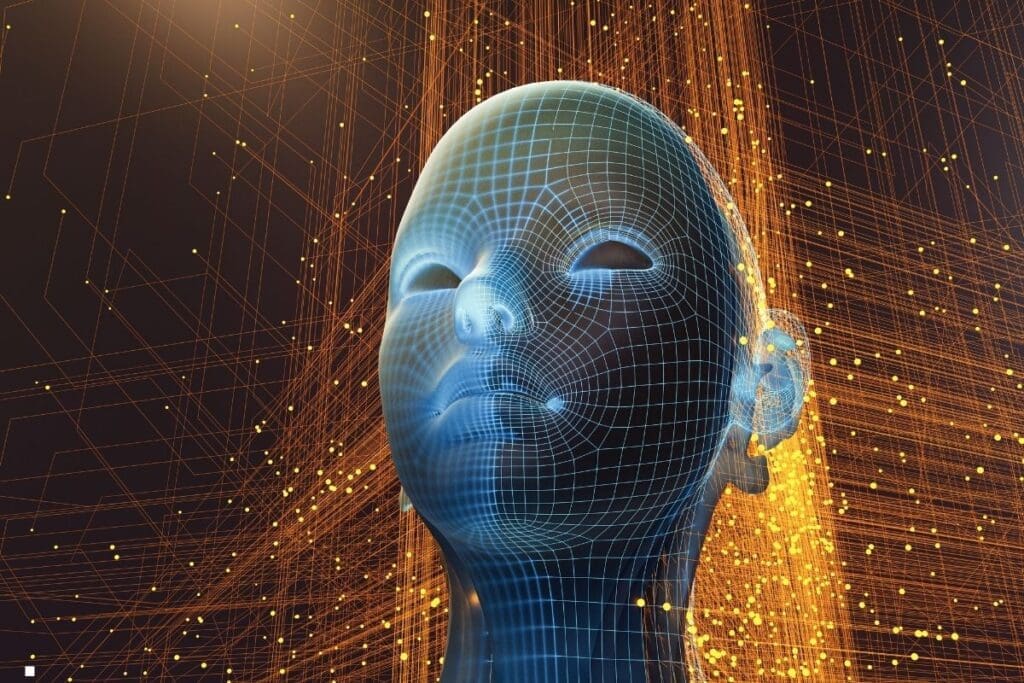
However, life doesn’t conform to liberal fantasies. Every machine is designed to simplify the labor of the living worker, but each machine also creates its own workers. The industrial revolution, a process of mechanization, destroyed craftsmen and journeymen, giving rise to the modern working class. As artificial intelligence develops, a similar process will occur. White-collar jobs, especially relatively unskilled ones, will likely disappear significantly. However, new workers will be needed to program and use AI. Although the total number of jobs lost will exceed those created, the working class will not vanish altogether.
The Liberal Utopia and Its Flaws
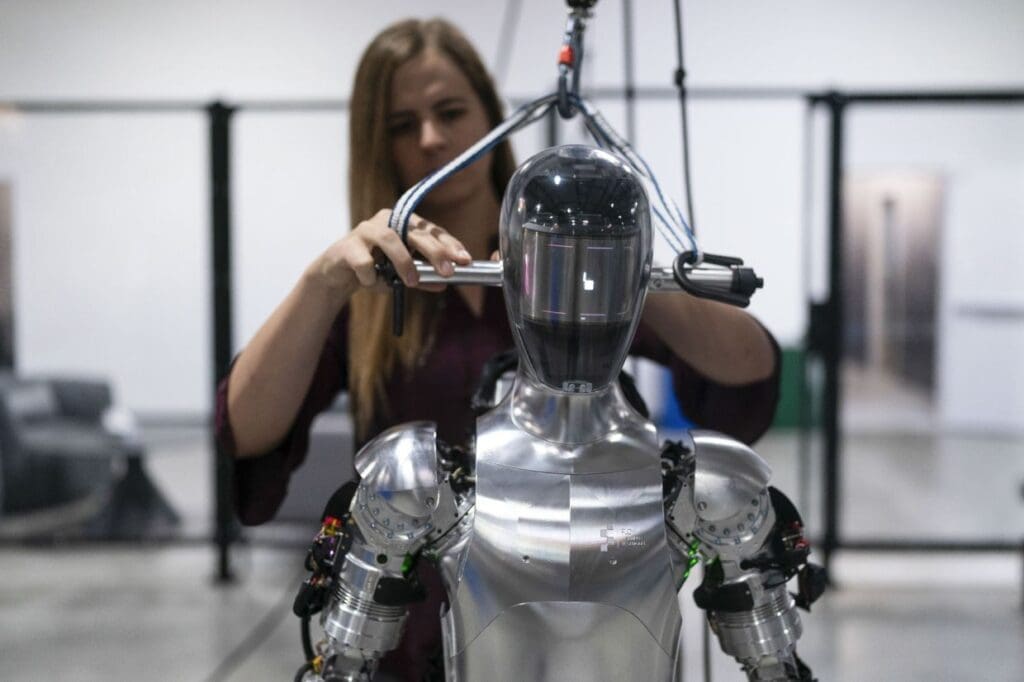
Now, let’s consider what the liberals’ utopia of “machines doing everything” would look like if it became a reality. According to proponents of this idea, technological progress will reach a point where goods are produced without human labor. They believe this will cause the working class to disappear.
However, a critical question remains unanswered: To whom will these goods be sold? Capitalism’s problem has never been the inability to produce but rather the inability to sell. This issue of overproduction lies at the root of all economic crises.
For instance, the share of household debt in total debt has reached unprecedented levels worldwide, especially in relatively rich countries. The financial sector constantly lends money to ordinary people, and without these debts, it would be impossible for all the produced goods to find customers.
The Practical Implications

Let’s assume production becomes entirely unmanned. Machines think and produce all goods and new machines. Bosses no longer employ workers or pay anyone. After such antisocial production, to which market will the manufactured goods be introduced?
There is no consistent answer to this question. The issue is not theoretical but practical. The trend is indeed moving in this direction, though not at the pace liberals imagine. The technical progress of production doesn’t reduce the working class but lowers the proportion of its employed section to the population. There is a variable that measures this: the proportion of employed people over the age of 15. This proportion is slowly declining worldwide, meaning more of the population lives with no income and depends on others.
Artificial intelligence will not eliminate the working class but will advance this process by destroying more jobs than it creates, adding more contradiction to an already contradiction-laden system. Therefore, in the future envisioned by those who desire a capitalism without workers, there lies only crisis.
You may also like this content
- What is Artificial Intelligence?
- Discover the Top 15 Artificial Intelligence Tools and Websites
- Understanding How Artificial Intelligence Works
Follow us on TWITTER (X) and be instantly informed about the latest developments…
